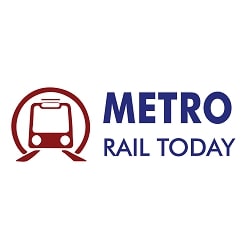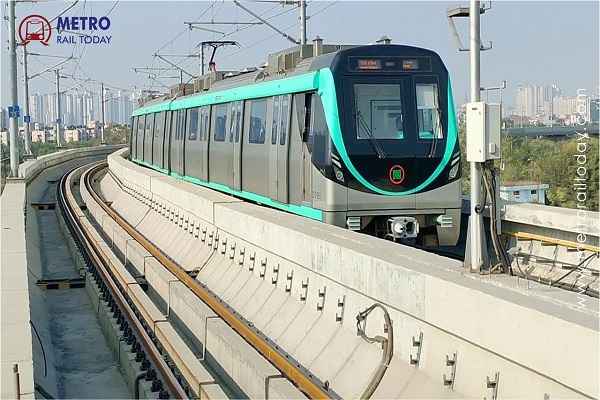 Ayesa India wins Design Consultancy Contract for Noida Metro Aqua Line Extension
Ayesa India wins Design Consultancy Contract for Noida Metro Aqua Line Extension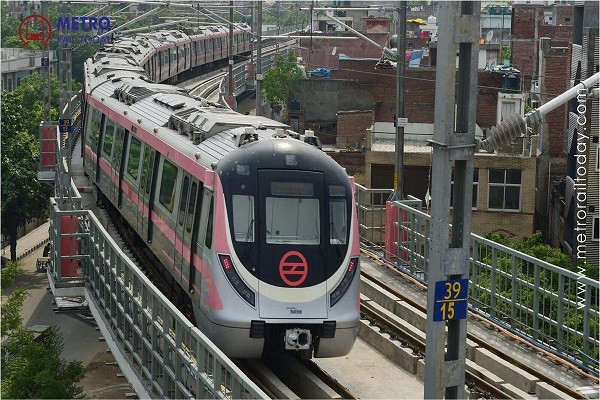 Vossloh Cogifer bags Track Infrastructure Contract for Delhi Metro Phase 4 Corridors
Vossloh Cogifer bags Track Infrastructure Contract for Delhi Metro Phase 4 Corridors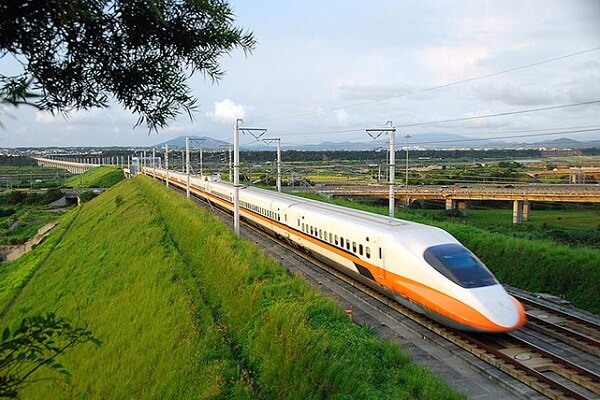 Railway finalised revised alignment for ₹16,000-crore Pune–Nashik Semi High-Speed Rail Corridor
Railway finalised revised alignment for ₹16,000-crore Pune–Nashik Semi High-Speed Rail Corridor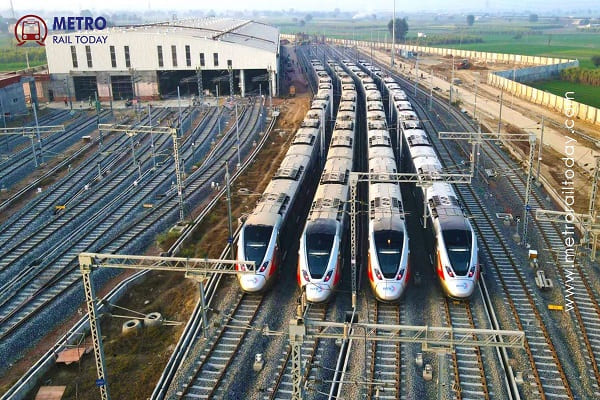 India’s First High-Speed, Signalling-Integrated CMV launched for Namo Bharat RRTS Corridor
India’s First High-Speed, Signalling-Integrated CMV launched for Namo Bharat RRTS Corridor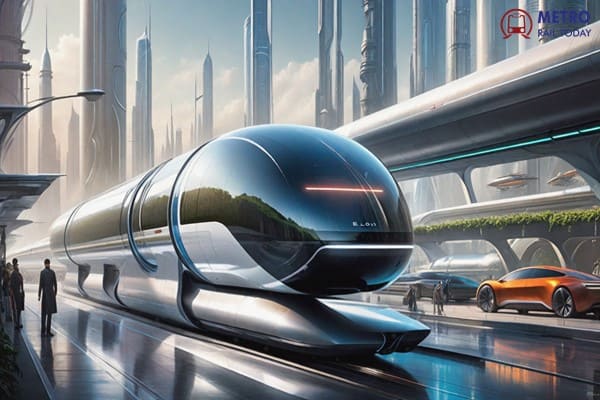 TuTr Hyperloop secures First-Ever Order from Deendayal Port Authority
TuTr Hyperloop secures First-Ever Order from Deendayal Port Authority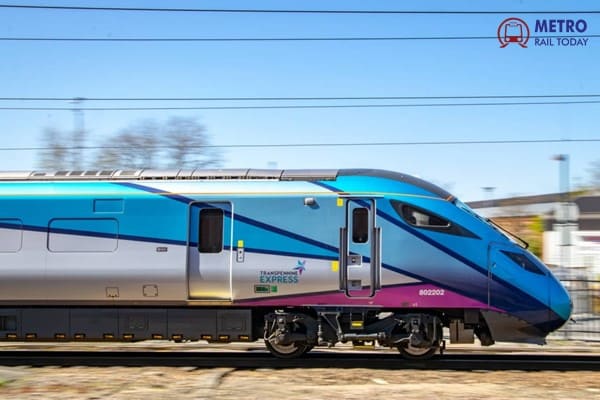 BEML bags ₹157 Crore Order from Loram Rail for Switch Rail Grinding Machines
BEML bags ₹157 Crore Order from Loram Rail for Switch Rail Grinding Machines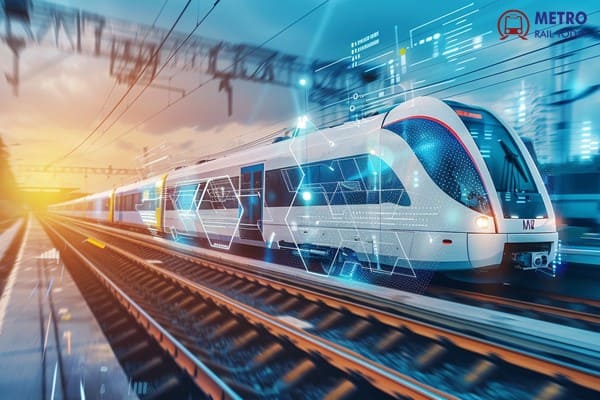 MxV Rail and KRRI forge Global Research Alliance to accelerate Next-Generation Rail Technologies
MxV Rail and KRRI forge Global Research Alliance to accelerate Next-Generation Rail Technologies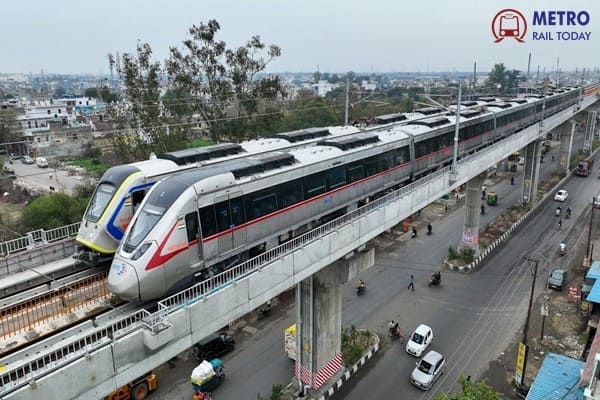 Uttarakhand seeks Pre-Feasibility Study for Meerut-Haridwar-Rishikesh RRTS Corridor
Uttarakhand seeks Pre-Feasibility Study for Meerut-Haridwar-Rishikesh RRTS Corridor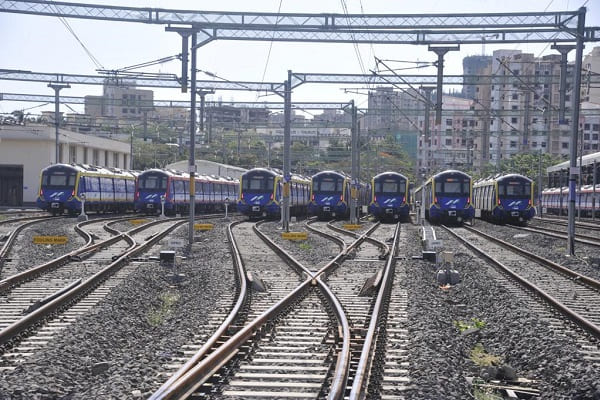 RIFTEK achieves major milestones in partnership with Indian Metro Rail Systems
RIFTEK achieves major milestones in partnership with Indian Metro Rail Systems Egypt all set to launch Alexandria Metro Phase 1 by 2026
Egypt all set to launch Alexandria Metro Phase 1 by 2026
DPR submitted for ₹28,405 crore Hebbal-Sarjapur line of Bangalore Metro Phase 3
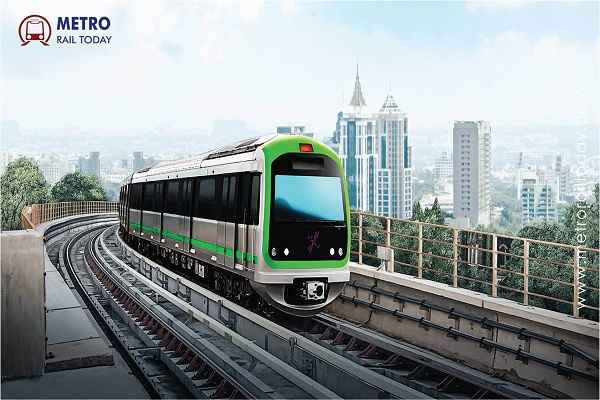
Bengaluru, India (Metro Rail Today): In a significant development for Bengaluru’s urban transportation landscape, the Bangalore Metro Rail Corporation Limited (BMRCL) has submitted the Detailed Project Report (DPR) for the 37-kilometre Hebbal-Sarjapur corridor to the Karnataka government for approval. This submission marks a crucial step towards the realization of a new metro line that promises to enhance connectivity across the city.
Proposal Overview
The proposed Hebbal-Sarjapur metro line, announced in the State budget in July 2023, aims to address the growing demand for efficient public transport in Bengaluru. The 37-kilometre corridor will traverse key areas, including Agara, Koramangala, and Dairy Circle, with an estimated cost of ₹28,405 crore.
A senior BMRCL official confirmed that the DPR has been submitted to the State Government and, upon approval, will be forwarded to the Central Government for final approval. “The proposed metro line will cover several areas in the Central Business District. Approximately 16.80 km of the route, from Koramangala to Hebbal, will be underground. It will pass through key locations, such as Bellandur, Agara, St John’s Hospital, NIMHANS, Central College, Cunningham Road, and Mehkri Circle,” the official stated.
Route and Stations
The Hebbal-Sarjapur metro line is strategically designed to enhance connectivity and reduce travel time across significant parts of Bengaluru. The proposed route includes:
- Elevated Section: From Sarjapur to Koramangala 3rd Block, the line will feature 15 elevated stations.
- Underground Section: From Koramangala 2nd Block to Veterinary College, the line will go underground, covering 16.80 km with 11 stations.
“There may be some changes to the DPR before it receives approval from the State Government,” the official added, indicating the dynamic nature of urban planning and the need for adaptability in the project's design.
Context and Future Prospects
The submission of the DPR for the Hebbal-Sarjapur line coincides with the approval of the Namma Metro Phase 3 project by the Public Investment Board (PIB) of the Union Government. Under this ambitious plan, an additional 44.65 km of new metro lines will be added to Bengaluru’s network by 2028, at a projected cost of ₹15,611 crore.
Phase 3 of the Namma Metro project includes:
- Hebbal to J.P. Nagar: This 32.15 km line will connect Hebbal to J.P. Nagar via Goraguntepalya, Magadi Road, Mysuru Road, and Kanakapura Road along the Outer Ring Road.
- Hosahalli to Kadabagere: A 12.5 km line connecting Hosahalli and Kadabagere via Magadi Road.
A BMRCL official noted that the PIB has cleared the DPR for Phase 3 and that final approval from the Union Cabinet is awaited. This expansion is expected to significantly improve the metro network's reach and efficiency, providing a robust solution to the city’s traffic woes.
Impact on Bengaluru’s Urban Mobility
The Hebbal-Sarjapur metro line, once approved and constructed, will bring multiple benefits to Bengaluru. It will provide a faster, more reliable alternative to road transport, reduce congestion in densely populated areas, and contribute to lowering the city’s carbon footprint by promoting public transit over private vehicles.
Moreover, the integration of the new line with existing and upcoming metro lines will create a seamless transit network, enhancing accessibility for commuters across different parts of the city. The underground section, in particular, will ensure minimal disruption to existing infrastructure and city life during construction and operation.
The submission of the DPR for the Hebbal-Sarjapur Namma Metro line represents a pivotal moment in Bengaluru's efforts to modernize its public transport system. As the project awaits state and central government approvals, it carries the promise of transforming urban mobility in one of India’s fastest-growing cities. The concurrent progress on Namma Metro Phase 3 further underscores the commitment to expanding and improving Bengaluru’s metro network, setting the stage for a more connected, efficient, and sustainable urban future.




